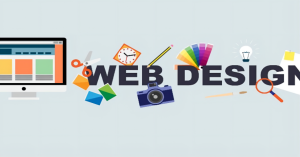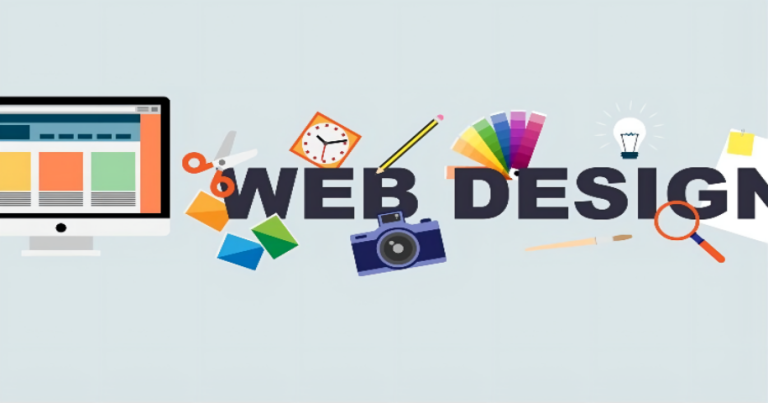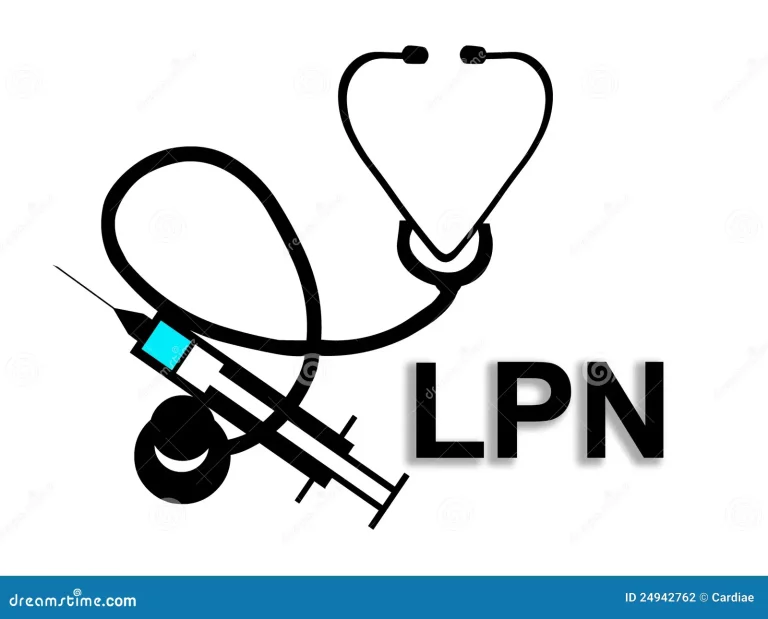Graphic designing is an art of creating visual content that communicates information or ideas to the audience. It involves combining typography, images, and other visual elements to convey a message effectively. Graphic designers use their creativity and technical skills to produce designs for various mediums like print, digital media, and advertising.
In today’s world, graphic design has become an essential part of communication in business, marketing, and advertising. From logos to billboards, packaging to websites – every element requires the expertise of a graphic designer. In this article, we will explore the basics of graphic designing – what it is all about and why it matters in our day-to-day lives.
Defining the Basics of Graphic Design

Graphic design is the art of creating visual content to communicate an idea or message. It involves the use of typography, imagery, and color to convey a specific meaning and evoke emotions in the target audience. The goal of graphic designing is to create visually appealing designs that are both functional and aesthetically pleasing.
The basics of graphic design include several elements such as composition, color theory, typography, and layout. Composition refers to how all the different elements are arranged within a design. Color theory involves understanding how colors work together harmoniously and using them effectively in designs. Typography encompasses selecting fonts that complement each other and suit the overall style of the design.
Layout refers to how all these elements are combined together within a given space. The basic principles of graphic design help designers create effective visuals that communicate their intended message clearly while being visually engaging for their audience.
The Evolution of Graphic Design
Graphic Design is the process of creating visual content for communication purposes. It involves combining text, images, and other design elements to convey a message or tell a story. Graphic designers use various tools and techniques to create designs that are aesthetically pleasing and effective in communicating their intended message.
The evolution of graphic design can be traced back to ancient civilizations where images were used to communicate ideas and stories. With the invention of printing press in the 15th century, graphic design became an integral part of mass communication. The first printed books had elaborate illustrations created by hand, but as technology advanced, printing became faster and more efficient.
In the early 20th century, art movements such as Art Nouveau, Futurism, and Constructivism influenced graphic design styles. The use of bold typography and simplified shapes became popular during this time. In the mid-20th century, Swiss Design emerged with its focus on clean lines, simple typography and grid systems. This style has been influential in modern graphic design practices even today.
The Role of a Graphic Designer

Graphic designing is the process of creating visual content to communicate information, ideas or messages through images, typography, and other design elements. It is a profession that requires creative and technical skills to produce designs that are visually appealing, engaging and effective in communicating the intended message to the audience.
The role of a graphic designer involves developing concepts and designs for various forms of media including print, digital platforms like websites and mobile apps, advertising materials such as posters, billboards or banners. They work with clients to understand their needs and develop solutions that effectively communicate their brand identity or message.
In addition to creating designs, graphic designers also collaborate with other professionals such as writers or developers to ensure cohesive messaging across all mediums. They must stay up-to-date on design trends and software tools used in the industry while also being able to meet tight deadlines.
Key Principles of Graphic Design
Graphic design is a communication process that involves the use of visual elements such as images, typography, and color to convey messages. It is used in various fields like advertising, marketing, publishing, and web design. Graphic designers create designs that are not only aesthetically pleasing but also functional and effective in communicating the intended message.
The key principles of graphic design are fundamental guidelines that every designer should follow to create visually appealing and effective designs. These principles include balance, contrast, hierarchy, alignment, repetition, proportion/scale, white space/negative space/blank space/empty space (all these terms refer to the same thing), color theory and typography.
Balance refers to the distribution of visual weight in a design which creates a sense of stability. Contrast helps differentiate between different elements by creating variations in size or color. Hierarchy establishes an order of importance within a design while alignment ensures everything is placed correctly according to specific grids or guides. Repetition allows for consistency throughout a design while proportion/scale determines the relationship between different elements’ sizes.
Elements in Graphic Design

Graphic design is a creative process that aims to visually communicate an idea or message to a particular audience. It involves using various elements such as typography, color, images, and layout to create visual compositions that effectively convey the intended message. Elements of graphic design play an important role in creating effective designs.
Typography is one of the essential elements of graphic design. It deals with selecting fonts and arranging them to create legible and visually appealing text. The choice of font can have a significant impact on how the content is perceived by the audience. Another element of graphic design is color, which helps create mood and evoke emotions in viewers.
Applications of Graphic Design
Graphic designing is the process of creating visual content that communicates a message or idea to a targeted audience. It involves using typography, images, illustrations, and other design elements to convey information in a visually compelling way. Graphic designers use their creativity and technical skills to create logos, posters, websites, packaging designs, advertisements, publications and much more.
One of the most common applications of graphic design is in marketing and advertising. Companies use graphic design to create logos that represent their brand identity and increase brand recognition. Advertisements are also designed with graphic elements such as typography, images and color schemes to grab attention and promote products or services.
Conclusion: The Importance of Graphic Design

In conclusion, graphic design is a vital aspect of modern-day communication. It has evolved from traditional printing methods to digital platforms, and its reach has expanded beyond just advertising and marketing. Graphic design plays an essential role in branding, user experience design, and even social media content creation. With the increasing importance of visual communication in today’s world, it is clear that graphic designing will continue to be a significant force in shaping how we interact with information. Therefore, whether you are a business owner or an aspiring designer, understanding the principles of graphic design can help you create effective visual messages that resonate with your target audience. So, embrace this art form and let it take your communication to new heights!
ALSO READ / what oem means



























+ There are no comments
Add yours